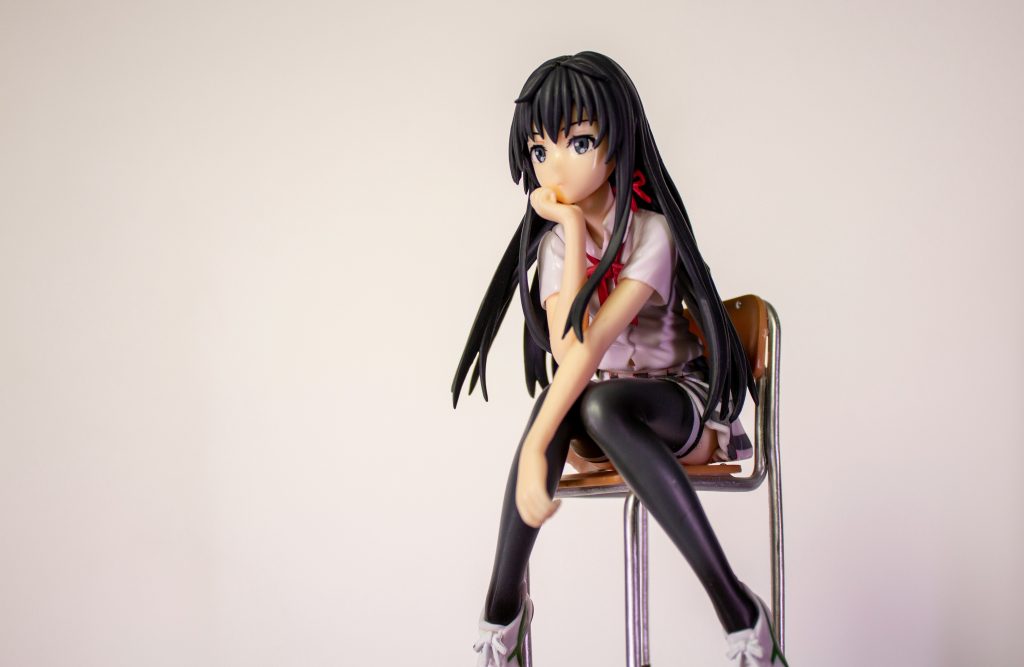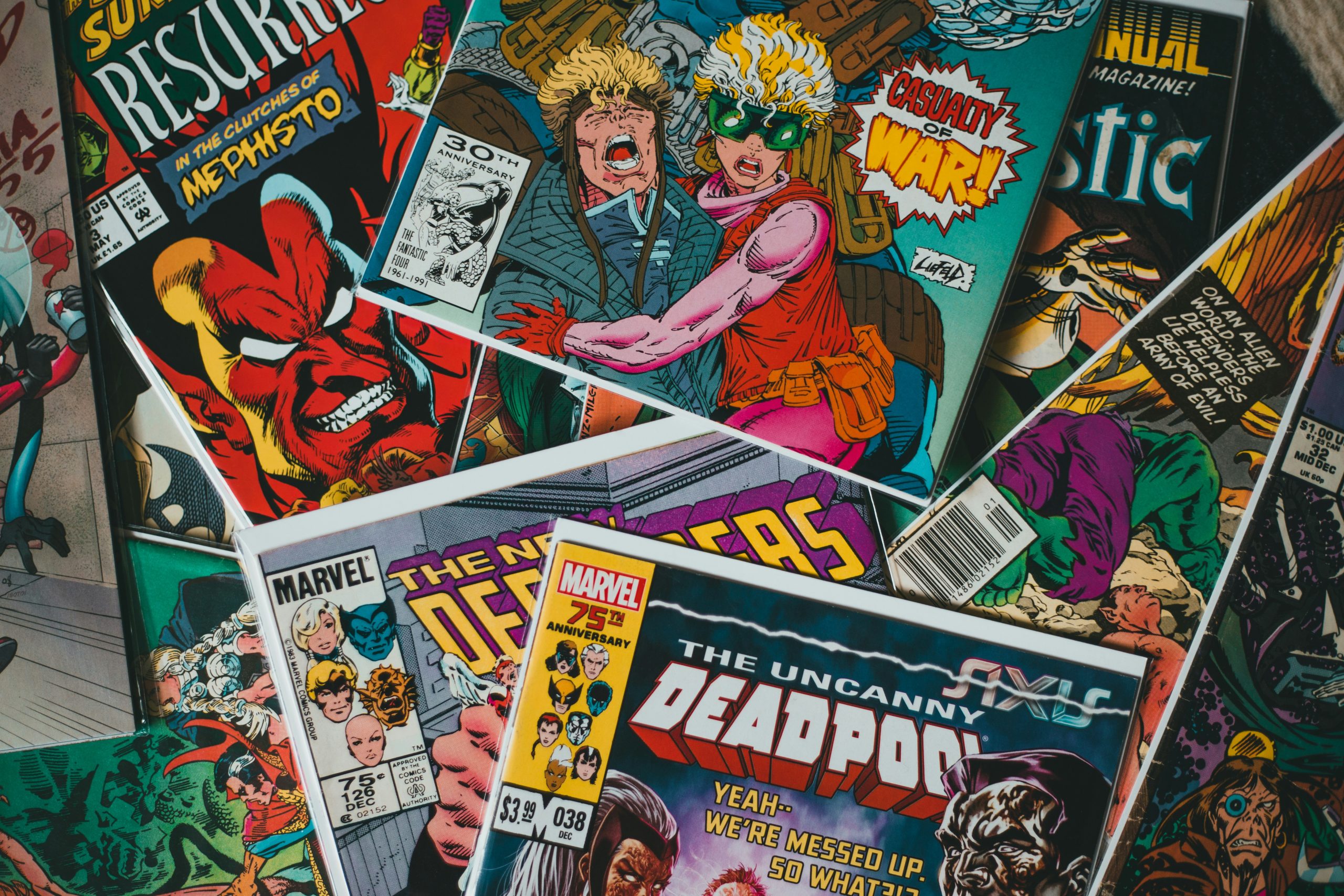
Introduction
Manga, the Japanese art form of graphic novels and comic books, has captivated audiences globally with its distinctive storytelling and visual style. This article explores the rich history, cultural significance, genre diversity, and international influence of manga, shedding light on its enduring popularity and impact.
Historical Origins of Manga
Early Beginnings
Manga’s roots can be traced back to ancient Japanese art forms such as emaki (picture scrolls) and kibyōshi (illustrated books), which combined visuals and text to narrate stories. The Chōjū-jinbutsu-giga (Animal-person Caricatures) from the 12th century, often regarded as one of the earliest examples of manga, depicted humorous scenes of anthropomorphic animals in a sequential art format.
During the Edo period (1603-1868), the development of ukiyo-e (woodblock prints) significantly influenced manga. Artists like Katsushika Hokusai, who coined the term “manga” meaning “whimsical sketches,” produced works that captured everyday life, folklore, and nature, laying the groundwork for modern manga’s visual language.
Modern Manga Emergence
Modern manga began to take shape in the early 20th century, influenced by Western comic strips and the rise of mass media in Japan. The post-World War II era marked a pivotal moment with the contributions of Osamu Tezuka, often referred to as the “God of Manga.” Tezuka’s pioneering works, such as “Astro Boy” (Tetsuwan Atom), introduced cinematic techniques and deep, character-driven narratives, setting the stage for the diverse and dynamic manga industry that followed.
Evolution and Diversity of Manga
The Golden Age and Genre Expansion
The post-war period saw the rise of numerous manga genres, each targeting specific demographics and exploring a wide array of themes. This era, often referred to as the Golden Age of Manga, saw the proliferation of weekly and monthly manga magazines that serialized chapters of ongoing stories.
- Shōnen: Targeted at young boys, shōnen manga focuses on action, adventure, and the journey of growing up. Iconic series like “Dragon Ball,” “Naruto,” and “One Piece” epitomize this genre, blending intense battles with themes of friendship and perseverance.
- Shōjo: Aimed at young girls, shōjo manga emphasizes romance, personal relationships, and emotional growth. Popular titles such as “Sailor Moon,” “Cardcaptor Sakura,” and “Fruits Basket” are known for their intricate plots and beautifully drawn characters.
- Seinen: Intended for adult men, seinen manga explores more mature and complex themes, often with darker and more realistic narratives. Series like “Akira,” “Berserk,” and “Vagabond” delve into philosophical and societal issues, offering profound storytelling.
- Josei: Targeted at adult women, josei manga deals with real-life experiences, relationships, and personal challenges. Titles like “Nana,” “Paradise Kiss,” and “Honey and Clover” provide nuanced and realistic portrayals of women’s lives and emotions.
- Kodomo: Designed for young children, kodomo manga features simple, educational, and entertaining stories. Beloved series such as “Doraemon” and “Pokémon Adventures” captivate young readers with their imaginative and engaging narratives.
Cultural Significance and Societal Impact
Reflecting Social Issues
Manga serves as a mirror to Japanese society, addressing various social issues and cultural dynamics. It tackles contemporary concerns such as mental health, gender identity, environmental conservation, and technological advancement. For instance, “Death Note” explores themes of justice and morality, while “Attack on Titan” delves into issues of freedom and oppression.
Educational Role
Beyond entertainment, manga also plays an educational role in Japan. Gakushū manga (educational manga) covers a wide range of subjects, from history and science to language learning and moral education. These educational comics make learning more engaging and accessible, particularly for younger audiences. Schools often incorporate educational manga into their curricula, recognizing its ability to enhance learning through visual storytelling.
The Global Influence of Manga
International Popularity
Manga’s international appeal has grown significantly over the past few decades, reaching audiences far beyond Japan. The rise of digital technology and online platforms has played a crucial role in this global spread, providing easy access to manga for readers worldwide. Platforms like Crunchyroll Manga, Manga Plus, and Viz Media offer a vast library of titles, often with simultaneous releases in multiple languages.
Manga conventions and expos around the world, such as Anime Expo in Los Angeles and Japan Expo in Paris, attract thousands of fans who come together to celebrate their shared love for manga. These events highlight the global community that manga has fostered, promoting cultural exchange and appreciation.
Cross-Cultural Adaptations
Manga’s influence extends to various global media, inspiring artists, filmmakers, and writers across different cultures. Western comic book creators often draw inspiration from manga’s dynamic panel layouts, intricate character designs, and emotive storytelling. For example, American comics like “Scott Pilgrim” and “Avatar: The Last Airbender” exhibit clear manga influences.
Additionally, many popular manga series have been adapted into successful anime series, which have in turn garnered international popularity. These adaptations help introduce manga to new audiences, who may then seek out the original works. Series like “Naruto,” “Dragon Ball,” and “One Piece” have achieved global acclaim, fostering a deeper appreciation of Japanese culture and storytelling.
The Art of Manga
Visual Storytelling Techniques
Manga’s visual storytelling is characterized by its expressive characters, dynamic action sequences, and meticulous attention to detail. Artists use various panel layouts to control the pacing and flow of the story, creating a rhythm that guides the reader through the narrative. Splash pages and two-page spreads are used for dramatic moments, adding significant impact to key scenes.
The use of speed lines to convey motion and action is a hallmark of manga, particularly in action genres. Sound effects (onomatopoeia) are integrated into the artwork, enhancing the sensory experience and adding to the immersion. This blend of visual and textual elements makes manga a uniquely engaging medium.
Symbolism and Innovation
Manga often employs symbolism and metaphor to convey deeper meanings and themes. Characters may be designed with specific visual motifs that reflect their personality or role in the story. Environmental and background art also plays a crucial role in setting the tone and mood, enhancing the reader’s immersion in the story world.
Innovation and experimentation are hallmarks of manga. Artists continually push the boundaries of the medium, exploring new genres, styles, and narrative structures. Avant-garde works like “Blame!” by Tsutomu Nihei and “Akira” by Katsuhiro Otomo challenge conventional storytelling, offering complex, dystopian worlds that provoke thought and imagination.
Challenges Facing the Manga Industry
Artist Burnout
One of the significant challenges facing the manga industry is the intense workload and demanding schedules that many manga artists, or mangaka, face. The pressure to produce regular chapters can lead to burnout and serious health issues. The high expectations from publishers and readers for consistent quality and timely releases exacerbate this issue.
To address this, there has been a growing movement towards improving working conditions for mangaka. Some publishers are beginning to implement measures to provide better support, including longer deadlines, health care benefits, and more collaborative work environments.
Market Competition
The manga market is highly competitive, with numerous series vying for readers’ attention. This competition can be both a strength and a challenge, driving innovation but also making it difficult for new series to gain traction. Publishers must constantly seek fresh and engaging content to capture and retain their audience.
Additionally, the rise of webcomics and self-publishing platforms has introduced new competitors. These platforms allow aspiring artists to bypass traditional publishing routes, offering an alternative path to success. While this democratization of content creation is positive, it also means that traditional publishers must adapt to remain relevant.
Future Prospects of Manga
Technological Integration
The future of manga is likely to be shaped by technological advancements. Augmented reality (AR) and virtual reality (VR) are emerging as potential new frontiers for manga storytelling. These technologies can provide immersive experiences, allowing readers to interact with their favorite characters and worlds in unprecedented ways.
Additionally, AI and machine learning could revolutionize the way manga is created and consumed. AI-driven tools can assist in the artwork process, enhancing efficiency and allowing artists to focus more on creative aspects. Similarly, machine learning algorithms can offer personalized recommendations to readers, enhancing their discovery of new series.
Cultural and Global Expansion
As manga continues to grow in popularity globally, cultural exchanges between Japan and other countries will likely intensify. Collaborations between Japanese and international artists and writers are becoming more common, leading to a fusion of styles and storytelling techniques. This cross-cultural blend enriches the medium and broadens its appeal.
Educational and promotional initiatives aimed at introducing manga to new audiences will also play a crucial role in its future expansion. Schools and libraries around the world are increasingly incorporating manga into their collections, recognizing its value in engaging students and promoting literacy.
Conclusion
Manga is a dynamic and influential art form that has captivated audiences for generations. Its rich history, diverse genres, and profound cultural impact make it a unique and powerful medium. From its ancient origins to its current status as a global phenomenon, manga has continually evolved, reflecting and shaping the societies in which it thrives.
